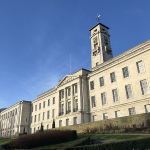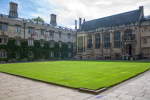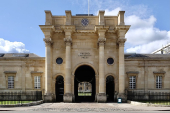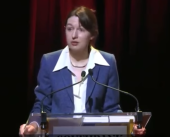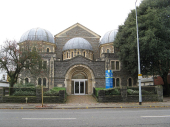
Data shows that up to 53% of homes in some of London's wealthiest neighborhoods, including Westminster, Kensington, and Chelsea, are unoccupied for much of the
year, prompting concerns of a housing crisis. According to locals, the empty mansions and townhouses have turned some streets into virtual ghost towns, with many homes standing vacant for years on end. Some of these homes are estimated to sell for more than £18m. For instance, just 695 people live in one section of Westminster, while 1,285 homes in that area remain unoccupied. The situation is of concern to some elderly residents who are frustrated that their once-vibrant neighborhoods are becoming deserted.
The residents believe that the owners of these vacant homes should be required to pay hefty fines to the government if they fail to use their properties, given the housing shortage in London. Many also fear that the empty mansions could become a breeding ground for squatters and criminals, creating additional problems for locals. According to the statistics, from 2021 to 2022, there were 1,968 people sleeping rough in Westminster, which is nearly three times as many as any other borough in London, with Camden coming in second at 666.
The problem is not just a social issue but an economic one, with London's ongoing housing crisis being exacerbated by these empty homes. Despite this, many councils in London have abandoned the targets to provide a steady supply of secure and affordable homes. The number of housing projects being granted planning permission has fallen significantly in England, with the lowest number of approved housing projects being recorded since 2006. The situation has been exacerbated by a Tory rebellion, which forced the Secretary of State for Levelling Up Michael Gove to abandon the mandatory target of 300,000 new homes per year.
Passers-by working in nearby offices or tourists taking a stroll are surrounded on all sides by houses with closed blinds in all the windows. The letterboxes of some homes are stuffed full of unopened letters, whilst the buzzers, doorbells and lavish knockers depicting golden lions are topped with layers of thick dust. The vacant homes could be used to address the housing crisis in London, providing homes for the thousands of people who are currently sleeping rough.
In conclusion, the issue of empty mansions and townhouses in London's wealthiest neighborhoods is a concern for both locals and policymakers. Given the shortage of affordable housing in London, these vacant properties could be utilized to address the city's housing crisis. The owners of these empty homes could be required to pay hefty fines to the government if they fail to use their properties, with the proceeds going towards providing affordable housing in the city. Additionally, local councils should consider taking action to encourage owners of these empty homes to use them or sell them to people who need housing, while also promoting policies to increase the availability of affordable housing in the city. Photo by Colin Smith, Wikimedia commons.










